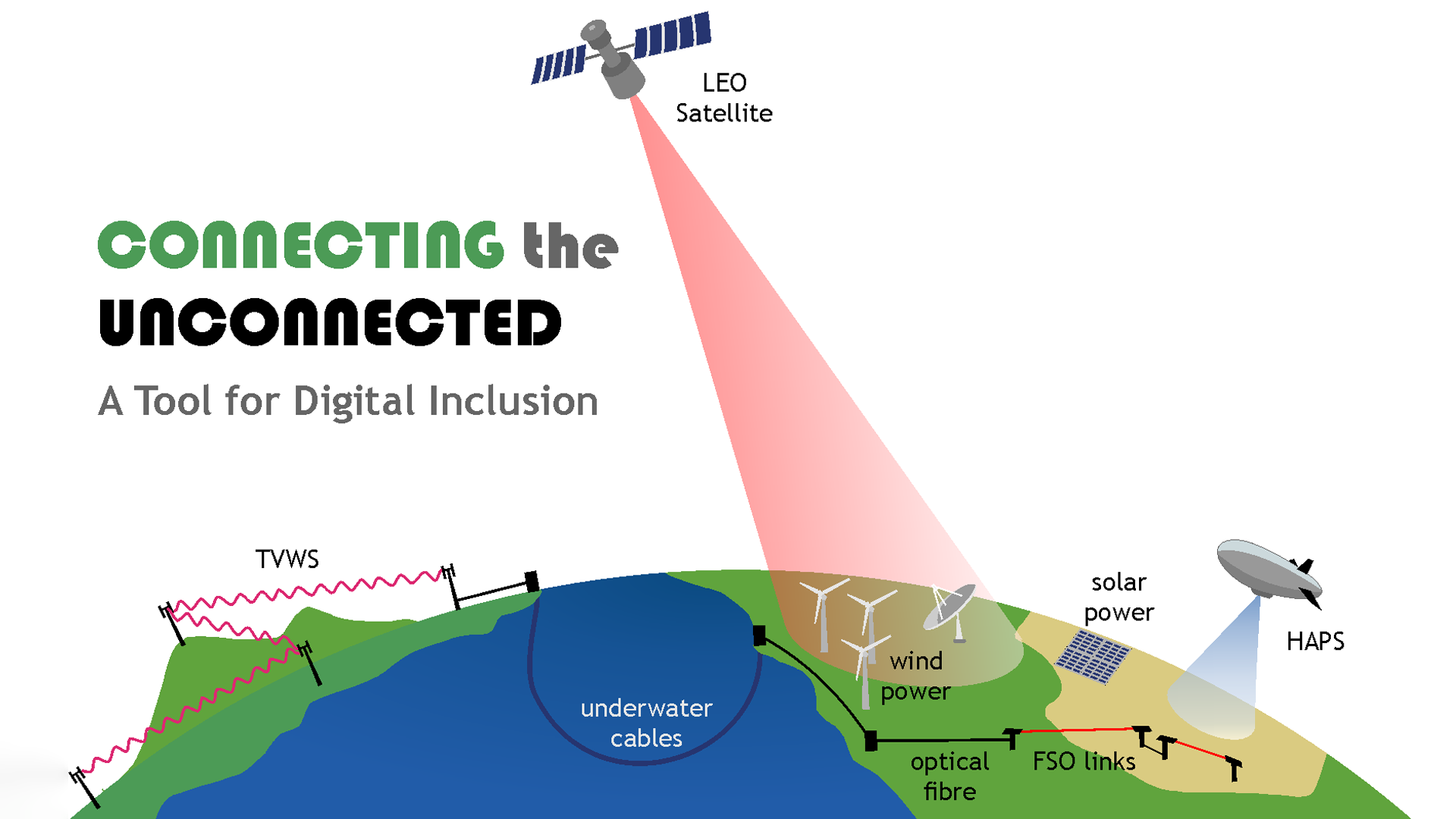By David Murphy
A research team featuring KAUST M.S./Ph.D. student Aniq Ur Rahman recently received €5,000 in funding from AlumNode, for their project: “Connecting the Unconnected: A Tool for Digital Inclusion.” Rahman—along with his colleagues Dr. Anish Jindal from the University of Essex, U.K., and Dr. Khac-Hoang Ngo from Chalmers University of Technology, Sweden—received the grant for their innovative optimal network deployment architecture (NDA) software aimed at reducing the global digital divide.
Funded by the Klaus Tschira Foundation, AlumNode is an alumni network collaboration between the Heidelberg Laureate Forum Foundation and the German Scholars Organization. It seeks to empower its members as the next generation of academics and experts to achieve increased independence and recognition in their respective research fields.
Closing the digital divide
One of the ultimate goals of science and technology is to improve people’s lives. Likewise, the invention of communication and internet-connected systems not only ushered in the information or digital age but also improved how we connected as a species.
Yet, the fruit of this interconnectivity—internet-connected networks—remains unevenly distributed worldwide. Traditionally, urban and wealthy populations have benefitted the most from technological advances. Conversely, those living in rural and remote areas, or those who simply cannot afford the technology, lagged far behind. This form of technological inequality is often referred to as the "digital divide."
A desire to reduce this digital gap is behind Rahman and his peers’ drive to create a fully optimized NDA architecture to bring internet connectivity to any location. The deployment architecture will be optimized for several parameters, such as feasibility, affordability, energy efficiency, and scalability. It is expected that the software can serve as a starting point for governmental analysis to ensure basic internet connectivity for its citizens while also deploying networks in remote and rural areas.
“The NDA location is analyzed to extract relevant features such as terrain description, height from sea-level, average weather conditions, population distribution and its proximity to a major city. The recommended network architecture can be an amalgamation of different networks or many networks complementing each other,” Rahman explained.
“For example, the network might comprise free-space optical links, TV white space towers, Wi-Fi access points, and fiber connections based on the features associated with the region.”
To maximize community engagement, the team plans to release the software with an open-source license and create application programming interfaces (APIs), enabling easy access without strict hardware and processing requirements.
“Academic researchers can refer to their software and provide feedback on the output based on their verification studies. We can then use this feedback to improve the recommender model, thereby making it more robust,” he said.
The team plans to spend the grant amount on additional cloud/storage space (to process and save significant amounts of data), on software development and refinement, web hosting and publication-related expenses.

